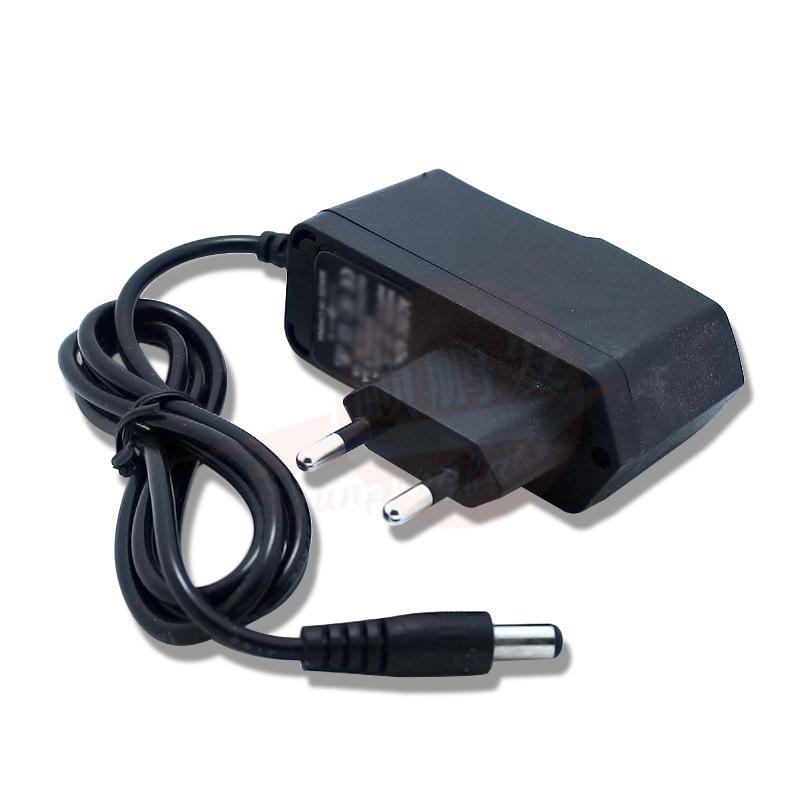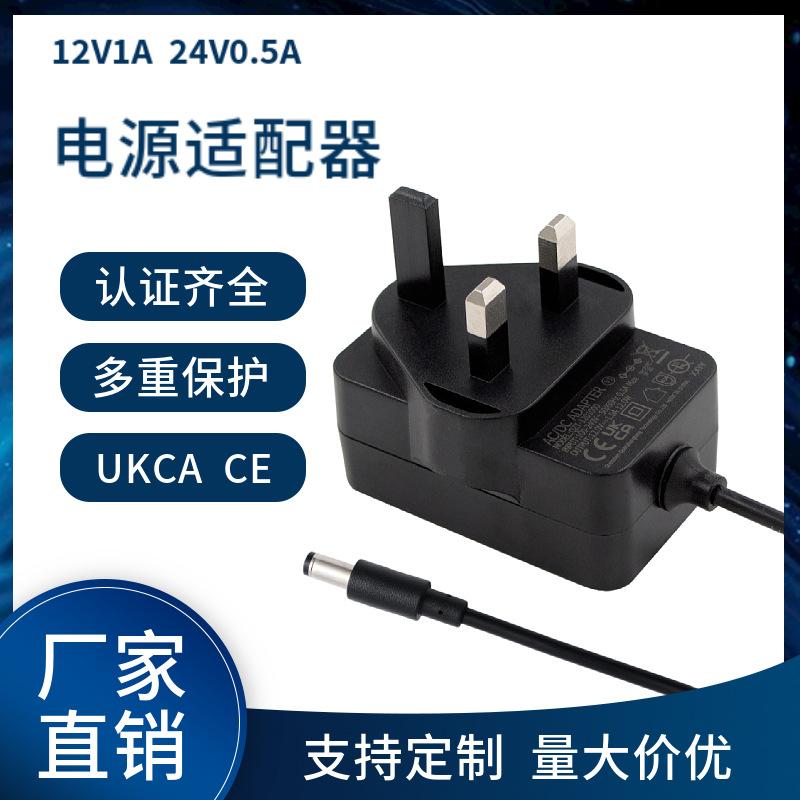This article provides an overview of AC adapters, their features, and various types.
What is an AC adapter?
An AC adapter, also known as a power adapter, AC/DC adapter, or wall charger, is a device that converts alternating current (AC) from a wall outlet into direct current (DC) to power or charge electronic devices that require DC power, e.g. laptops, smartphones, and tablets. It is an external power supply that converts wall AC power to the specific DC voltage and current needed to safely operate and charge portable electronics when plugged in.
Features of AC adapters
- AC adapters are external power supplies that plug into a wall outlet and provide the necessary DC voltage and current to operate devices that cannot run directly off AC power.
- AC adapters contain internal circuitry that converts the high AC voltage from the wall to a lower, regulated DC voltage suitable for the device.
- They allow devices to be powered from different AC sources (120V or 230V mains, vehicle battery, aircraft power) by using the appropriate adapter.
- Universal or adjustable AC adapters can output different DC voltages and polarities to match various devices by switching settings or using interchangeable tips.
- Quality AC adapters have safety features like overvoltage protection and should match the voltage, current, and polarity requirements of the device to prevent damage.
- They provide convenience and flexibility compared to internal power supplies, but can get lost or damaged over time, requiring compatible replacements.
Types of AC adapters
The most versatile and common type for modern electronics is the regulated switching AC adapters with universal input voltage and multiple DC output connectors or USB ports. They provide efficient, stable power to a wide range of devices.
There are also several types of AC adapters, which can be categorized based on different factors.
Based on regulation
- Unregulated linear AC adapters are simple and inexpensive, but output voltage varies with load and input voltage changes.
- Regulated linear AC adapters use linear regulators to maintain a constant output voltage, but are less efficient than switching types.
- Regulated switching AC adapters use switching regulators for high efficiency. Smaller, lighter, and more expensive than linear types.
Based on output
- Single output AC adapters provide one fixed DC output voltage.
- Multiple output AC adapters provide two or more different DC output voltages.
Based on input
- Fixed input voltage AC adapters are designed for a specific AC input voltage (e.g. 120V or 230V).
- Universal/auto-switching input AC adapters can accept a wide range of AC input voltages (e.g. 100-240V) automatically.
Based on connector type
- Barrel/coaxial connector AC adapters use a cylindrical barrel connector, common for laptops and electronics.
- USB AC adapters output DC voltage through a USB connector for charging USB devices.
Based on mounting
- Wall-mount (plug-in) AC adapters plug directly into the wall outlet.
- Desktop/inline AC adapters have a separate cable between the AC inlet and DC output.
Is an AC adapter the same as a power adapter?
An AC adapter and a power adapter are not identical, although they may sometimes refer to the same thing.
In general, an AC adapter is a type of power adapter that converts alternating current (AC) from a power outlet into direct current (DC) that electronic devices can use. AC adapters are commonly used to power various devices such as laptops, phones, and small appliances.
However, a power adapter is any device used to provide power to another device. This can include not only AC adapters but also DC adapters, transformers, converters, and other types of power supply devices. So, while an AC adapter is a type of power adapter, not all power adapters are AC adapters.
Is an AC adapter the same as a DC adapter?
An AC adapter and a DC adapter serve similar purposes but handle different types of electrical currents.
An AC adapter, also known as an alternating current adapter, converts alternating current (AC) from a power outlet into direct current (DC) that electronic devices can use. On the other hand, a DC adapter, or direct current adapter, typically takes DC power from a power source such as a battery or solar panel and provides it to a device that requires DC power.
So, while they both involve adapters for powering electronic devices, they deal with different types of current.
Is an AC adapter the same thing as a charger?
Not exactly. While they both serve the purpose of providing power to a device, they do so in different ways.
An AC adapter, also known as a power adapter or wall adapter, converts AC (alternating current) from a wall outlet into DC (direct current) that a device can use. It regulates the voltage and current to match the requirements of the device it's powering.
A charger, on the other hand, is designed specifically to safely recharge batteries by providing a controlled current to them. It regulates the charging process to prevent overcharging and damaging the battery.
Chargers can be standalone devices or integrated into the device itself. For example, the charging cable you use to charge your phone typically contains both the AC adapter (the part you plug into the wall outlet) and the charger (the part that regulates the charging of the battery).
So while an AC adapter can be part of a charger setup, they are not exactly the same thing.
How to choose the right AC adapter for my device
To choose the right AC adapter for your device, you need to match the electrical specifications of the adapter with the requirements of your device. Always prioritize matching the output voltage first, then current rating, polarity, and connector type for a safe fit with your device's power requirements. Using the wrong adapter can damage your device.
Here are the key steps:
- Check the voltage requirement of your device. It's usually written near the power input port or in the device's user manual. Most devices require DC voltages between 5V to 20V. The AC adapter output voltage must match this exactly.
- Check the current requirements of your device, which is also printed near the charging port or in the specs, usually in amps (A) or milliamps (mA). The AC adapter's output current rating should be equal to or higher than this value, never lower.
- Check the polarity symbol. This shows if the adapter's connector is center-positive (+) or center-negative (-). It must match the polarity of your device's charging port to avoid damage.
- Check the connector size and type. The adapter's connector (barrel, USB, etc.) must physically fit your device's charging port.
- Consider the input voltage. For travel, choose an adapter with a wide input range (e.g. 100-240V AC) to work globally. For home use, match the local AC voltage (e.g. 120V or 230V).








